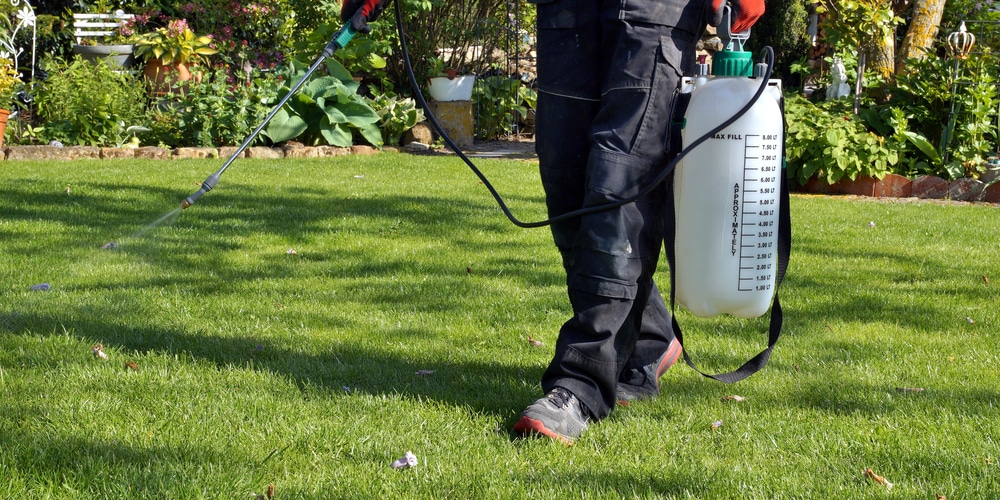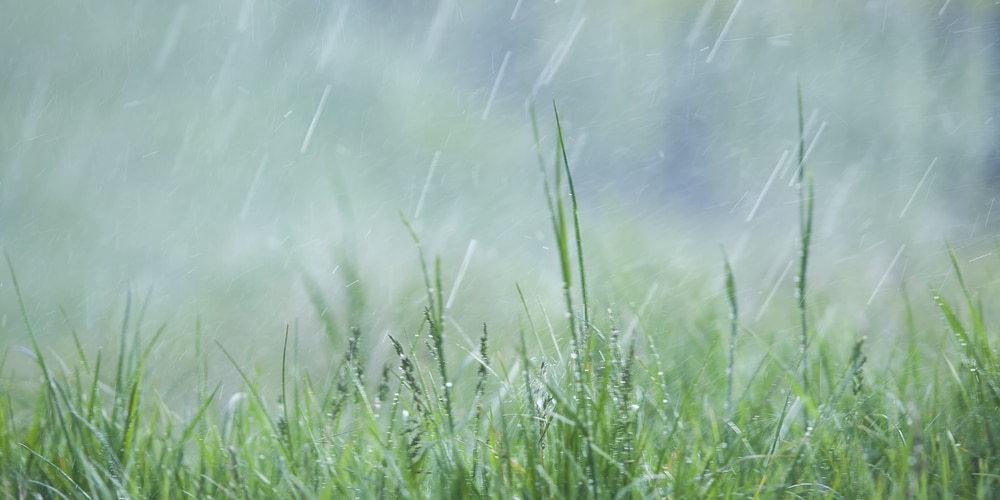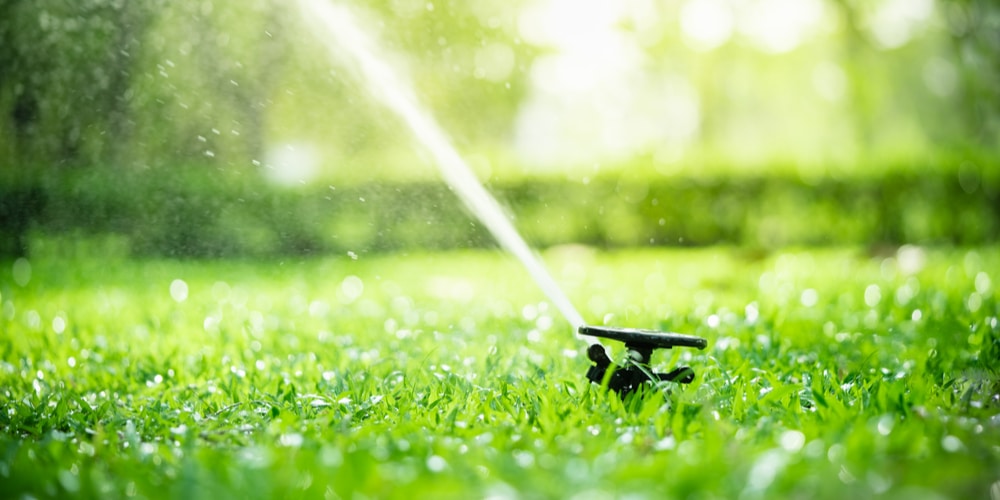Crabgrass is an invasive species that can quickly take over your lawn. You can use a pre-emergent herbicide to get rid of these annoying weeds. A pre-emergent herbicide can be applied to your lawn before crabgrass has grown, as it stops the seeds from germinating. Special herbicides are available that have been formulated especially for crabgrass. These are sometimes called crabgrass preventers. We’ll cover when to apply crabgrass preventer.
If you want to stop crabgrass before the shoots emerge from your soil, a crabgrass preventer is an effective solution. Let’s look at when to apply a crabgrass preventer before or after rain.
It’s best to use a crabgrass preventer in the early spring before it rains.
When to apply crabgrass preventer
Crabgrass preventer can be applied in the early spring; the exact time to use the product does vary slightly. Crabgrass is very invasive and can be challenging to eliminate. The best thing to do is use a pre-emergent herbicide that stops a plant’s seeds from growing, as it makes it impossible for them to germinate. Crabgrass can grow in thin or bare patches on your lawn if it’s supplied with the right amount of sun and water.
Crabgrass is an annual weed that will come back every year unless you do something to control the plant. If you had a crabgrass invasion last year, the weed will grow again unless you use a crabgrass preventer. Crabgrass spreads by seeds rather than via its rooting system. You need to apply a crabgrass preventer at the correct time and in the right weather conditions if it’s to work successfully.
Should I use a crabgrass preventer before or after the rain?
It’s best to use a crabgrass preventer in the early spring before the spring showers start. If you live in an area that gets a lot of rain during the spring, you’ll need to plan when to use a crabgrass preventer so that it doesn’t get washed away and become ineffective. That being said, a little rain is good for crabgrass preventer as it will help spread the crabgrass preventer and allow it to reach the seeds, which will stop seeds from germinating.
Crabgrass seeds germinate when the temperature of the soil reaches approximately 50°F. Therefore you need to apply the crabgrass preventer just before the temperature gets to 50F to stop the seeds from germinating. It’s best to use a crabgrass preventer on your lawn about 24 hours before it rains. A little rain will help wash the herbicide deeper into the soil so that it reaches the seeds.
If there are only a few patches of crabgrass, you could use a specialized tool to pull up the crabgrass manually.
Watering in Crabgrass Preventer
As you know, the weather can be unpredictable, and the weather forecast isn’t always accurate. Using a crabgrass preventer about 24 hours before it rains will allow the product to work most effectively. If you’ve applied crabgrass preventer and it hasn’t rained after 24 hours, you can water your lawn with a hosepipe. Water helps create a barrier layer on the top of the soil, stopping seeds from germinating and killing young seedlings.
For best results, your lawn should receive half an inch of water three days after the herbicide has been applied.
When using crabgrass preventer or any other type of herbicide, it’s always a good idea to read the label and follow the manufacturer’s instructions. There are various types of crabgrass preventers on the market; some should be applied to dry grass, then watered in, either by rain or a hosepipe, while others can be applied to wet grass. In general, rain is needed to break the salty solution down to get to the roots of the weeds or create a barrier to stop the seeds from germinating.
Conclusion
It’s best to use a crabgrass preventer in the early spring before it rains.
A bit of rain can help the herbicide reach the crabgrass seeds and stop them from germinating. If it doesn’t rain within 24 hours of using a crabgrass preventer, you can water your lawn using a hose or sprinkler system. This will allow the soil to absorb the crabgrass preventer and create a barrier to stop the seeds from germinating.
Crabgrass is a very invasive weed that can be challenging to get rid of. It’s best to use a pre-emergent herbicide to stop the weed growing. These types of herbicides affect the weed’s seeds and make it impossible for them to germinate.


